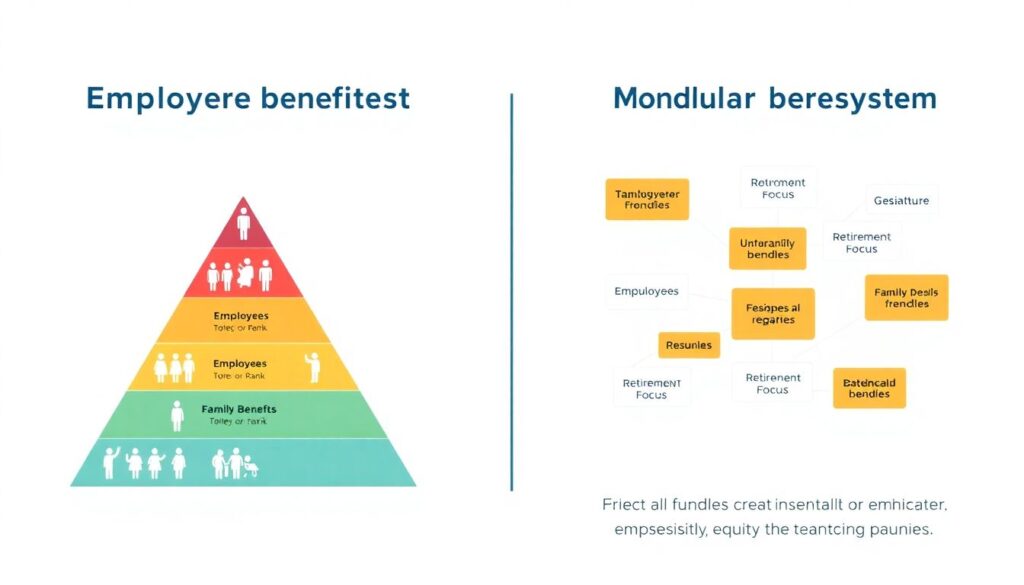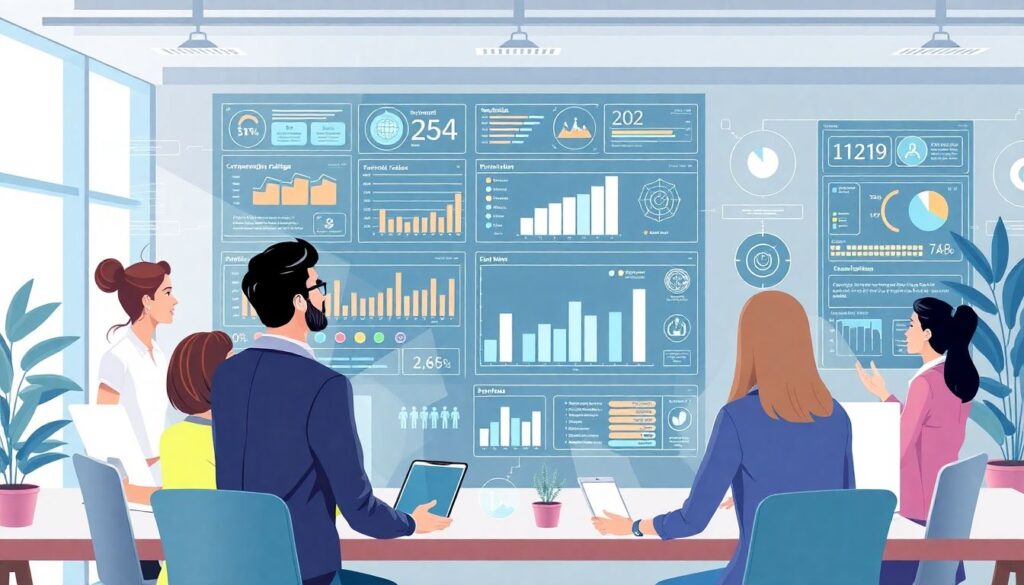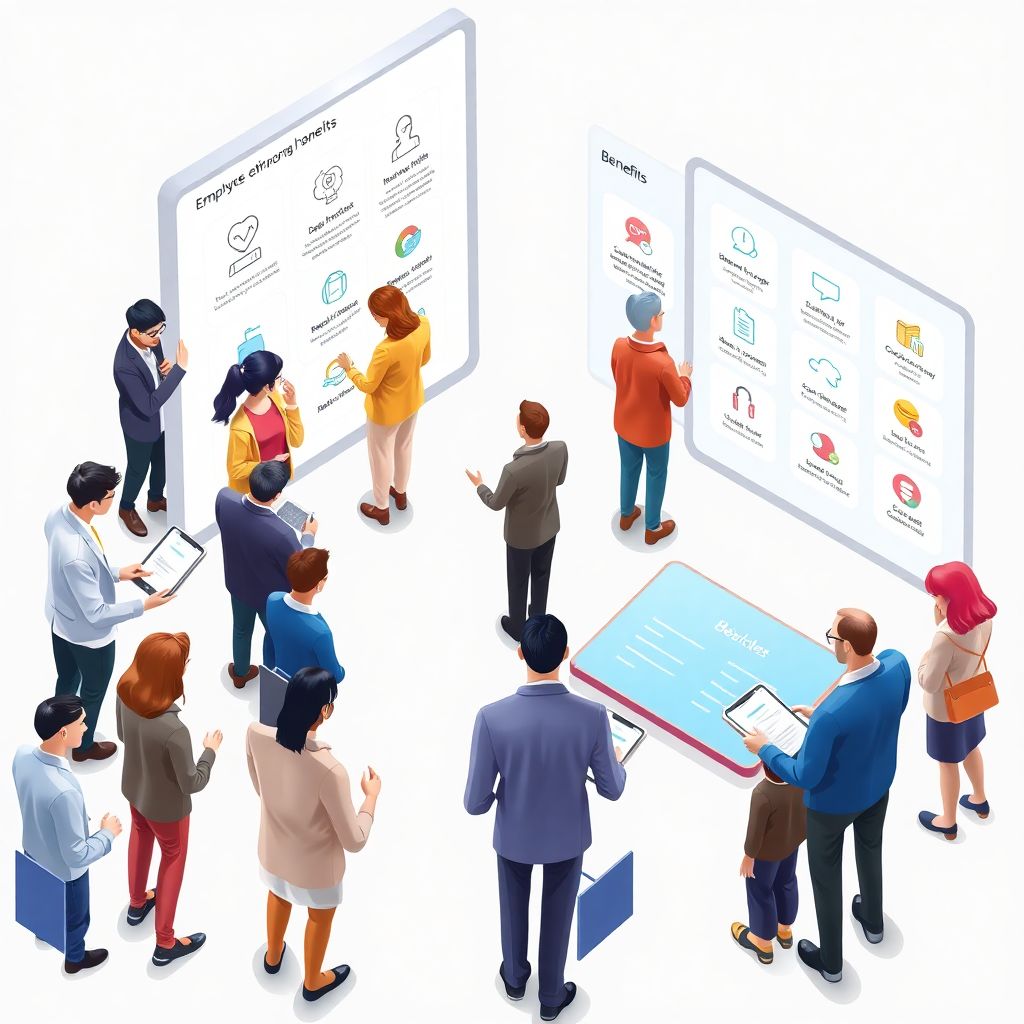Understanding the Core of Employee Benefits Packages
Employee benefits packages have evolved significantly over the past three years, shifting from traditional health insurance and pension plans toward more holistic well-being solutions. As of 2025, 89% of employers in North America offer health insurance, while over 63% have integrated mental health support, according to the 2024 SHRM Employee Benefits Survey. The core components now include health coverage, retirement savings plans, paid time off, wellness programs, and increasingly—financial counseling and student loan assistance. A comprehensive understanding of each element is essential for employees to maximize the total value of their compensation.
Comparative Approaches in Benefits Structuring
Traditional vs. Flexible Benefits Models
Conventional benefits packages typically offer a fixed set of services determined by employer policy, whereas flexible benefits—also known as “cafeteria plans”—allow employees to choose from a menu of options. The latter gained traction between 2022 and 2024, with adoption increasing by 21% in mid-to-large enterprises. The flexible model empowers employees to tailor coverage to their lifestyle and family needs, especially relevant in a multigenerational workforce. However, this approach can introduce administrative complexity and requires employees to have a deeper understanding of insurance and financial planning.
Tiered vs. Modular Benefit Systems

Tiered systems categorize employees based on tenure, role, or level, offering differentiated benefits accordingly. In contrast, modular benefits group services into predefined bundles (e.g., “family wellness,” “retirement focus”) without hierarchical allocation. Modular systems promote equity and inclusivity, aligning with DEI (Diversity, Equity, Inclusion) goals, which, according to a 2023 Deloitte survey, 78% of employees now consider critical to job satisfaction. Tiered systems, while potentially motivating career progression, may reinforce workplace inequality if not carefully managed.
Technological Tools in Benefits Administration
Digital Platforms and AI-Driven Personalization
The integration of technology into benefits management has led to increased efficiency and personalization. AI-powered benefits platforms now analyze user data to recommend optimal plan selections, a feature used by 46% of Fortune 500 companies as of Q4 2024. These platforms enhance employee engagement by simplifying decision-making and reducing information asymmetry. However, concerns about data privacy and algorithmic bias persist, especially under evolving regulatory frameworks such as the 2024 amendment to the General Data Protection Regulation (GDPR+).
Mobile Accessibility and Real-Time Adjustment
Mobile-first benefits apps are becoming standard, with 62% of employers offering real-time access to plan data, claims tracking, and digital ID cards. Gamification and push notifications are used to increase usage of wellness programs, contributing to a 14% rise in employee engagement in 2023 alone. Nonetheless, over-reliance on digital interfaces may marginalize less tech-savvy employees or those in regions with limited connectivity, highlighting the need for hybrid support channels.
Strategic Recommendations for Evaluating Benefits
Assessing Total Compensation Value
When evaluating an employee benefits package, professionals should not isolate salary from non-cash components. Total compensation includes healthcare contributions, employer 401(k) matches, stock options, and fringe benefits like childcare support or transportation subsidies. In 2024, the average U.S. benefits package represented 31% of an employee’s total compensation, according to the Bureau of Labor Statistics. A strategic evaluation requires quantifying these offerings annually and factoring in tax implications, especially for flexible spending accounts (FSAs) and health savings accounts (HSAs).
Personalized Needs Analysis
Employees should conduct a lifestyle and risk assessment to align benefits with personal circumstances. For instance, individuals with chronic health conditions may prioritize comprehensive health plans with low deductibles, while younger employees might value tuition reimbursement or remote work stipends. Tools like benefits calculators and financial planners—offered by 58% of employers in 2025—can help quantify the real-world utility of each benefit. Additionally, understanding vesting schedules and coverage eligibility is crucial for long-term planning.
Emerging Trends in Employee Benefits for 2025
Focus on Mental Health and Work-Life Integration
In response to post-pandemic workforce shifts, employers have increasingly prioritized mental health resources. By 2025, 72% of organizations offer access to licensed therapists or Employee Assistance Programs (EAPs), a 35% increase since 2022. Additionally, benefits like “mental health days,” four-day workweeks, and no-meeting policies are becoming mainstream, especially in knowledge-based industries. These initiatives improve retention, as evidenced by a 17% lower turnover rate among companies with robust mental health support.
Green Benefits and ESG Alignment
With growing emphasis on environmental, social, and governance (ESG) criteria, “green benefits” like public transit subsidies, carbon offset programs, and remote work incentives have gained traction. In 2025, 40% of large employers report integrating sustainability into their benefits strategy. This trend not only addresses climate-conscious values but also serves as a differentiator in competitive talent markets. However, the effectiveness of such programs relies on transparent metrics and clear alignment with broader corporate ESG objectives.
Hyper-Personalization through Predictive Analytics
Data-driven benefits design is set to dominate 2025 and beyond. Predictive analytics tools now forecast employee needs based on demographic, behavioral, and health data. These insights allow HR departments to proactively adjust offerings—such as anticipating increased parental leave demand or identifying underutilized mental health services. While this enhances agility, it also necessitates strict adherence to data governance policies and employee consent protocols to maintain trust and compliance.
Conclusion

Understanding your employee benefits package in 2025 requires a multidimensional approach—evaluating structural models, leveraging technology, and aligning offerings with personal and societal values. With benefits now constituting a substantial portion of compensation and influencing job satisfaction, strategic literacy in this area is indispensable. As trends like hyper-personalization and ESG-focused benefits gain momentum, both employers and employees must remain agile, data-informed, and ethically grounded in navigating the future of work.

